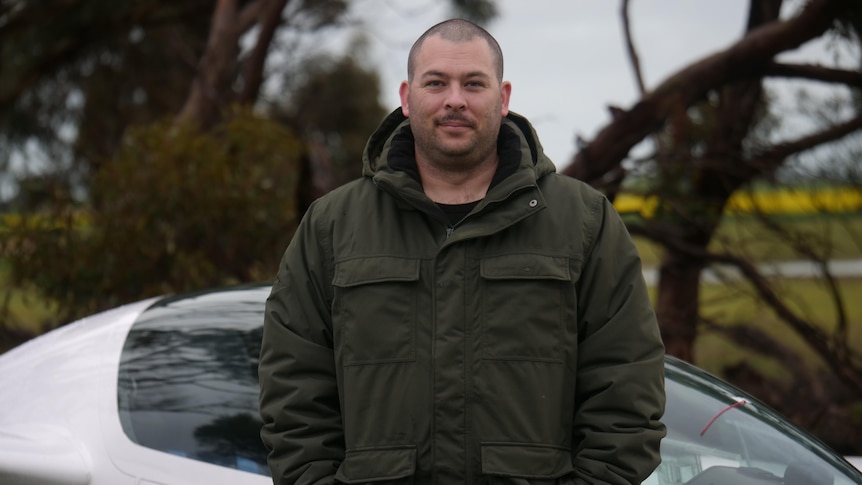Every year, glider pilots make their way to the Great Southern region of WA in search of particular air conditions, called a wave.
These waves are strongest in the winter.
While they usually don’t mean much to a pilot, surrounded by mountains and hills, gliders can use these waves to reach the same height as commercial flights from Perth to Sydney — almost 30,000 feet.
A glider, often referred to as a sailplane, is an aircraft designed to fly without an engine.
Syd Dewey has been a glider for 30 years and described the phenomenon using a rock analogy.
“If you’ve ever seen a rock in water, and the water flows over it, it drops right down behind the rock,” he said.
“But then a wave comes up behind it that’s higher than the rock. So we try and find that primary wave just behind the rock, and we ride the very front of that.”
This season, gliders from the Gliding Club of Western Australia and the Beverley Soaring Society traveled to the Stirling Range, east of Albany, to take to the skies.
The club members consist of hobbyists, commercial pilots, and air force cadets.
They apply for special permission to reach commercial heights.
Flying alongside the birds
This season was Matt Gibson’s first time visiting the Stirling Range to fly, despite gliding for more than 15 years.
He was introduced to the sport when the Air Force cadets offered scholarships for gliding.
“I’ve always loved flying, I’ve always been amazed at how something that’s made of metal or wood or something so heavy, can hold itself up in the air like a bird can,” he said.
With no engine, the glider, or sailplane, gets towed up into the sky by a plane.
A rope connects the tail of the plane to the nose of the sailplane.
“Then it’s up to us to learn the air currents, the thermals, and the weather, and use that to our advantage to climb up,” Mr Gibson said.
Once the sailplane has caught the air currents it unleashes from the plane so it can fly alone.
“In a glider, it’s so peaceful,” he said.
“In a normal plane, it can be quite loud, and you can feel the vibrations and they tend to fly a bit faster than we do here.
“But gliding you just hear the soft rush of the air going past the canopy and you can see birds, sometimes eagles, come and fly next to you.”
This year the gliders haven’t had much luck with riding waves, with the cloudy skies proving too dangerous.
Mr Gibson was planning to fly over the famous Bluff Knoll, but instead flew its length all the way down to Ellen’s Peak.
Always on the lookout
There are lots of calculations and observations, which gliders need to follow.
“We’re constantly scanning and looking into the sky, because we have a pattern that we fly when we’re taking off and landing,” Mr Gibson said.
“You learn how to listen to what the glider is telling you in terms of the air around the glider, looking at the weather, making sure you don’t get into bad situations.”
Syd Dewey is part of the Beverley Soaring Society, the biggest gliding club in Western Australia.
“We flew about a quarter of a million kilometers last year,” Mr Dewey said.
“So since November we’ve done 247,000, which is more than any other club in Australia.”
During the pandemic their membership increased significantly.
“We’ve had about a 50 per cent increase to our membership. It’s something to do with COVID, maybe having nowhere to go,” Mr Dewey said.
“People can learn to fly quite easily — some people have gone alone almost in two weekends.”
.




